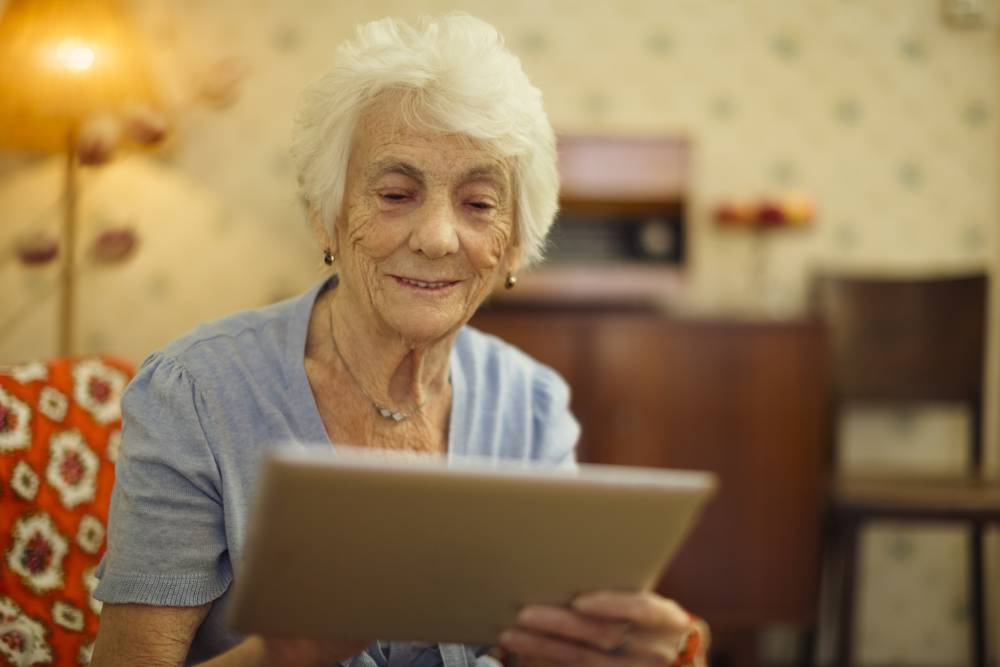
Toolkits developed for providers and consumers to implement high level self-management.
The Department of Health has funded COTA Australia to conduct a two-year project designed to strengthen the capacity of the aged care sector to better respond to the existing and emerging challenges of the aged care reforms.
One such challenge is how to cater for the next generation of consumers as they begin to consider receiving care at home for themselves or a loved one, as well as those who are already receiving care that have a keen interest in self-management in preference to provider-managed supports.
Together with research partner RMIT University, COTA Australia has partnered with seven approved home care package providers nationally to test a new model of self-managed home care. The study participant demographics are:
What does our self-management model look like?
The model, which was co-designed with over 400 consumers, carers and providers centres around five main pillars.
1. Partnership. Providers and participants are in this together. Neither can succeed at implementing self-management without the support and co-operation of the other. Mutual understanding and agreement about division of tasks and activities is paramount.
2. Care and support. Participants are supported to re-evaluate and prioritise their care needs and care goals. Participants receive formal guidance to source and contract care staff and suppliers if they wish to do so.
3. Financial control. Participants are supported to use a home care debit card loaded with an agreed amount of package subsidy to enable participants to purchase approved items and pay suppliers at the point of sale. Participants and providers share online access to their home care budget and financial statements, to enable efficient tracking of their spending and available balance.
4. Help, if and when it is needed. COTA Australia’s independent self-management consultant checks in regularly with participants to formally evaluate how much support participants typically require at key intervals when learning about self-management.
5. Quality and compliance. The model operates within the current legislative framework for home care to ensure compliance with quality standards is assured. Risk mitigation and capacity building for both providers and consumers is central to the model.
What have we learned so far?
Current consumers of home care, together with people who are not yet receiving care but are thinking toward the future, are typically pragmatic about their desire and capacity to self-manage. Consumers have told us they want:
These are fundamental features of how consumers want to engage with a system that is set up to support them. Consumers and carers are not looking for a one-size-fits-all approach to home care, rather they want options that enable them to tailor their package management to match their personal circumstances.
All research evaluation and project resources will be made freely available at the conclusion of the project in mid-2019.
By Anna Millicer, who leads the Increasing Self-management in Home Care project at COTA Australia, and Dr Carmel Laragy, the research consultant to the project through RMIT University. They can be contacted at selfmanagement@cota.org.au.
Great project! Where can I find the research evaluation and project resources this article says “will be made freely available at the conclusion of the project in mid-2019”? Thank you!
Try getting in touch with COTA – they should be able to help you out. Their website is https://www.cota.org.au/